Windows Software Saver
Posted: March 24, 2012
Threat Metric
The following fields listed on the Threat Meter containing a specific value, are explained in detail below:
Threat Level: The threat level scale goes from 1 to 10 where 10 is the highest level of severity and 1 is the lowest level of severity. Each specific level is relative to the threat's consistent assessed behaviors collected from SpyHunter's risk assessment model.
Detection Count: The collective number of confirmed and suspected cases of a particular malware threat. The detection count is calculated from infected PCs retrieved from diagnostic and scan log reports generated by SpyHunter.
Volume Count: Similar to the detection count, the Volume Count is specifically based on the number of confirmed and suspected threats infecting systems on a daily basis. High volume counts usually represent a popular threat but may or may not have infected a large number of systems. High detection count threats could lay dormant and have a low volume count. Criteria for Volume Count is relative to a daily detection count.
Trend Path: The Trend Path, utilizing an up arrow, down arrow or equal symbol, represents the level of recent movement of a particular threat. Up arrows represent an increase, down arrows represent a decline and the equal symbol represent no change to a threat's recent movement.
% Impact (Last 7 Days): This demonstrates a 7-day period change in the frequency of a malware threat infecting PCs. The percentage impact correlates directly to the current Trend Path to determine a rise or decline in the percentage.
| Ranking: | 9,591 |
|---|---|
| Threat Level: | 2/10 |
| Infected PCs: | 20,833 |
| First Seen: | March 24, 2012 |
|---|---|
| Last Seen: | October 10, 2023 |
| OS(es) Affected: | Windows |
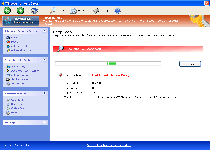 Windows Software Saver advertises itself as a security program with more features than you can shake a stick at, but Windows Software Saver's real features are all involved in dumping fraudulent system info, attacking your web browser and hindering your actual security software. Since Windows Software Saver is a confirmed clone of identical types of scamware of FakeVimes origin, SpywareRemove.com malware researchers encourage treating Windows Software Saver as a threat to your PC and ignoring its various attempts to mislead you with false alerts or encourage you to hand money over to its criminal developers. Windows Software Saver is removable by competent brands of anti-malware software, but since Windows Software Saver will launch when Windows start and may block such programs, you may need to use an especially secure method of booting Windows to disable Windows Software Saver before you can delete Windows Software Saver in its entirety.
Windows Software Saver advertises itself as a security program with more features than you can shake a stick at, but Windows Software Saver's real features are all involved in dumping fraudulent system info, attacking your web browser and hindering your actual security software. Since Windows Software Saver is a confirmed clone of identical types of scamware of FakeVimes origin, SpywareRemove.com malware researchers encourage treating Windows Software Saver as a threat to your PC and ignoring its various attempts to mislead you with false alerts or encourage you to hand money over to its criminal developers. Windows Software Saver is removable by competent brands of anti-malware software, but since Windows Software Saver will launch when Windows start and may block such programs, you may need to use an especially secure method of booting Windows to disable Windows Software Saver before you can delete Windows Software Saver in its entirety.
Windows Software Saver – the Software That Secretly Damns Your PC
While Windows Software Saver acts as though it has system-scanning features, virus detection, phishing-blockers and even a process manager that replaces the Task Manager, SpywareRemove.com malware experts have found each and every one of these features to be a sham. Rogue anti-virus scanners like Windows Software Saver are known for creating heavily exaggerated warning messages to make their services seem needed, and Windows Software Saver is no exception, with a multitude of fake pop-ups to supplement its fake scanner results:
Because Windows Software Saver doesn't have real threat detection or diagnostic features, any system information from Windows Software Saver should be automatically discarded as deceptive, and you should never purchase Windows Software Saver as a method of disinfecting your computer. SpywareRemove.com malware analysts further note that Windows Software Saver may also engage in attacks such as:
- Changing your Hosts file settings to hijack your web browser, particularly in the case of search engine-based websites.
- Disabling security-related programs and memory processes, as well as some types of competing rogue anti-virus applications.
- Reducing your web browser's security by enabling it to download files with invalid signatures without any warning messages.
True Salvation from the Problems That Windows Software Saver Can Cause
Even though Windows Software Saver is a very new addition to the Win32/FakeVimes family, FakeVimes has been around for years, and new variants of Windows Software Saver and similar PC threats are emerging on an ongoing basis. The majority of these clones are visually identical to Windows Software Saver and bear names such as Privacy Guard Pro, PrivacyGuard Pro 2.0, Extra Antivirus, Fast Antivirus 2009, Presto TuneUp, Windows Security Suite, Smart Virus Eliminator, Packed.Generic.245, Volcano Security Suite, Windows Enterprise Suite, Enterprise Suite, Additional Guard, Live PC Care, PC Live Guard, Live Enterprise Suite, Security Antivirus, My Security Wall, CleanUp Antivirus and Smart Security.
Since any of the above examples of rogue AV products, along with Windows Software Saver, may work to disable your security software, you may have to disable them before you can disinfect your PC. SpywareRemove.com malware research team has found Safe Mode to be an effective countermeasure to the startup routines for PC threats like Windows Software Saver, which will allow you to remove Windows Software Saver with a simple scan by appropriate software.
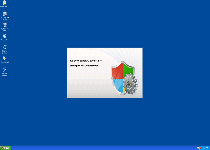
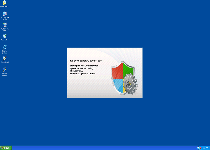
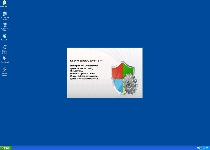
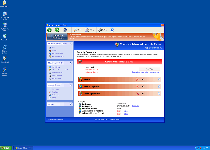
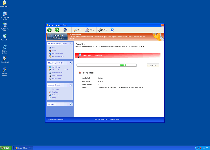
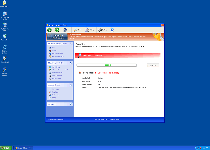
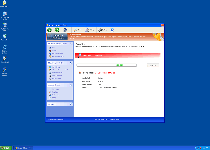
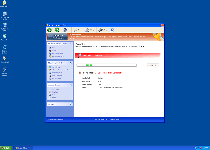
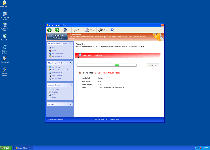
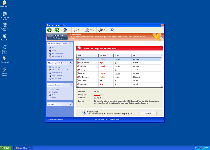
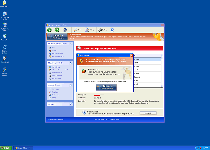
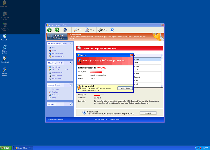
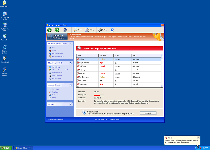
Technical Details
File System Modifications
Tutorials: If you wish to learn how to remove malware components manually, you can read the tutorials on how to find malware, kill unwanted processes, remove malicious DLLs and delete other harmful files. Always be sure to back up your PC before making any changes.
The following files were created in the system:%AppData%\result.db
File name: %AppData%\result.dbMime Type: unknown/db
Group: Malware file
%AppData%\NPSWF32.dll
File name: %AppData%\NPSWF32.dllFile type: Dynamic link library
Mime Type: unknown/dll
Group: Malware file
%AppData%\Protector-[RANDOM 3 CHARACTERS].exe
File name: %AppData%\Protector-[RANDOM 3 CHARACTERS].exeFile type: Executable File
Mime Type: unknown/exe
Group: Malware file
%CommonStartMenu%\Programs\Windows Software Saver.lnk
File name: %CommonStartMenu%\Programs\Windows Software Saver.lnkFile type: Shortcut
Mime Type: unknown/lnk
Group: Malware file
%Desktop%\Windows Software Saver.lnk
File name: %Desktop%\Windows Software Saver.lnkFile type: Shortcut
Mime Type: unknown/lnk
Group: Malware file
Registry Modifications
HKEY_LOCAL_MACHINE\SOFTWARE\Microsoft\..{RunKeys}HKEY_CURRENT_USER\Software\Microsoft\Windows\CurrentVersion\Run "Inspector"
Leave a Reply
Please note that we are not able to assist with billing and support issues regarding SpyHunter or other products. If you're having issues with SpyHunter, please get in touch with SpyHunter customer support through your SpyHunter . If you have SpyHunter billing questions, we recommend you check the Billing FAQ. For general suggestions or feedback, contact us.